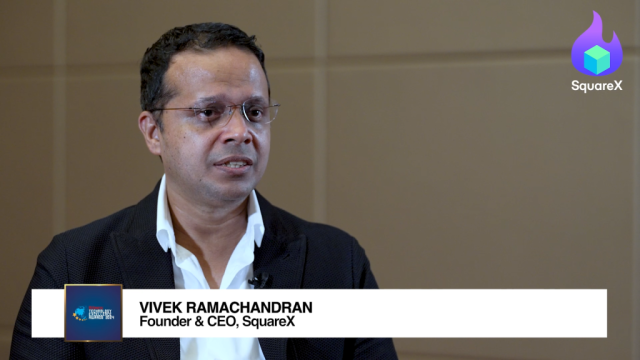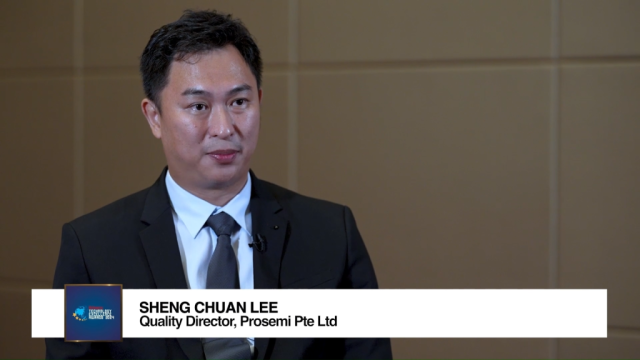Mobile computing era changed our lives forever
By Peter LohIt seemed like not so long ago that Motorola was the dominant leader with the brick sized analog mobile phone.
With advanced development in the lithium-ion battery and GSM technologies, Nokia overtook Motorola as the leader in the mobile phone industry. Nokia had also become dominant with its user friendly HI (human interface) functions and features, especially the SMS.
For more than a decade, the competition in mobile phone had been focused on the hardware, to design and develop a smaller handset with attractive form factors, introducing the clam-shell and slider designs, as alternatives to the predominantly candy-bar Nokia design.
White backlight became popular only in 2002, then came the color display in 2003 followed quickly by the camera phone by the end of the same year. Music phone was introduced next in 2004, and all these “killer applications” were introduced in such a short span of time threw many analysts’ forecasts for slower growth in handset demand wildly off.
Instead, the replacement cycle shortened and demand grew tremendously, especially in the new emerging markets.
Amazingly, the Smartphone hardware was already available but demand had not taken off for various reasons – availability of advanced 3G networks, applications and content at affordable prices.
Blackberry was the first Smartphone to allow the receiving and browsing of emails, which enabled RIM to capture a significant market share. It had a QWERTY keyboard that was novel.
It was the introduction of iPhone with a touch screen display that became the next “killer application” to have captured the hearts of millions. Following the footsteps of the iPod which enabled downloads of iTunes, iPhone shifted the business model from one that had focused on the hardware – form factors and functions, to one that provided a continuous revenue stream focusing on applications and content.
This is the beginning of a new business model with vertical integration. I shall not elaborate this here, but in the next article.
Prior to this, IBM had under Louis Gerstner shifted the focus to the enterprise server and services, away from the hardware PC business in the 1990s. The new focus provided a continuous revenue stream, similar to the subscription based revenue for the telecommunication service providers.
The book, The Highwaymen by author Ken Auletta, depicted “a titanic struggle taking place - not just among corporate titans, but among entire industries across the globe.
At stake was control of the world's fastest-growing industry: communications. The 2 contestants are the huge Hollywood studios, the television networks, and telephone, publishing, and computer companies. The prize is not only vast wealth, but a virtual lock on the dissemination of information worldwide.”
The book was published at the beginning of the proliferation of the internet and the media, where content is easily accessible online for quick downloads. It’s amazing that it took almost a decade to see this happening in products couple with services – Blackberry with emails, iPod with iTunes, iPhone with apps and content from the Apple store.
The book had provided a glimpse of what was to be a major struggle for the power to control the world’s communications industry – which is seen in today’s convergence of mobile, telecommunication, media, and the computing industries. Just simply look at today’s Apple, Amazon, Google, Facebook, and YouTube.
There is a convergence of hardware, software, media, and content industries into an hugely expanded market segment. Nonetheless, there is also fragmentation due to low barriers of entry for software, applications, and online content providers such as Skype and Rovio Entertainment which developed the Angry Birds game.
Henceforth, all these products and services which has converged into a huge market where everyone is vying for a piece of the lucrative pie, fragmentation, consolidation, and a shakeout would occur concurrently in a “titanic struggle” for control as described by Ken Auletta in The Highwaymen.
This convergence would lead to a vertical integration of the business model.

























 Advertise
Advertise









